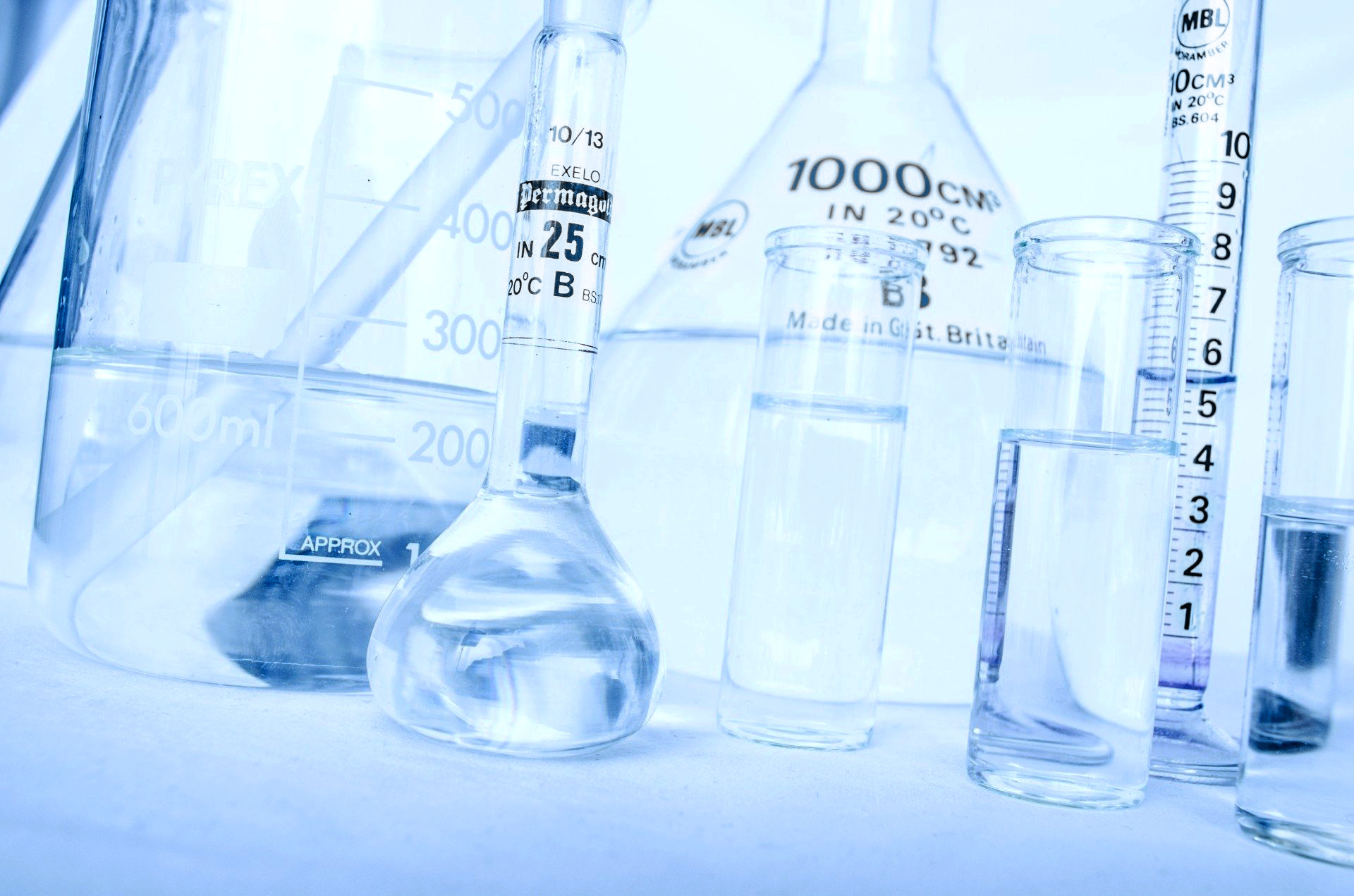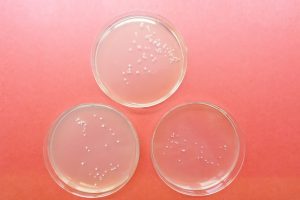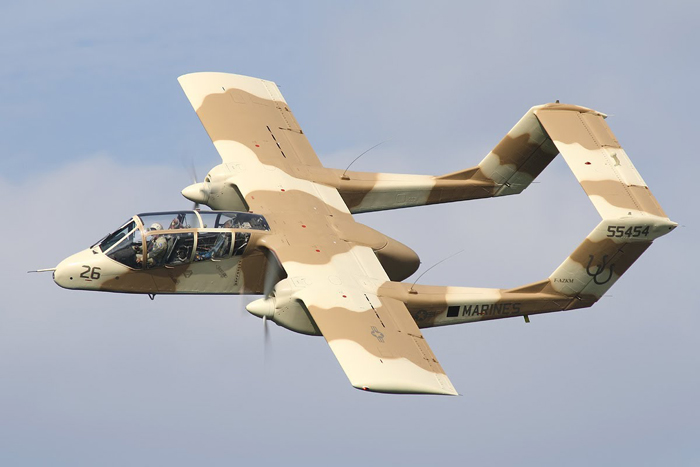How is water separated from jet fuel? The principle of coalescence
Coalescence is a process for separating a mixture of two phases in emulsion. Fixed bed coalescence consists in passing the emulsion to be resolved through a granular or fibrous medium in order to cause the coagulation of the droplets of the dispersed phase. Separation is based on different interactions between the coalescing packing and the two phases of the emulsion. The packing should preferably be wetted by the dispersed phase and not wetted by the continuous phase of the emulsion.
Operation :
Step 1: interception of micro-droplets of the dispersed phase by the coalescing solid.
Step 2: Attach the micro-droplets of the dispersed phase to the packing and flow the two phases separately through the coalescing bed. The adhesion of the dispersed phase on the packing is conditioned by the physico-chemical nature of the coalescing solid. The coalescing solid should preferably be wetted by the emulsion microdrops. The hydrophilic character is suitable for the resolution of inverse emulsions (water in oil), the packing with hydrophobic character is suitable for the resolution of direct emulsions (oil in water).
Step 3: release of the two phases out of the coalescer. The last stage results in the formation of large drops of coalesced phase. This stage depends on the last layer of the coalescer bed. Unlike the first layers of the bed, this area must be wetted by the continuous phase. Otherwise a foam is formed at the outlet of the coalescer which is detrimental to separation. Other factors conditioning this release stage are: the ratio of the two liquid phases to be separated, the interfacial tension, the density difference and the speed of passage of the treated emulsion.




